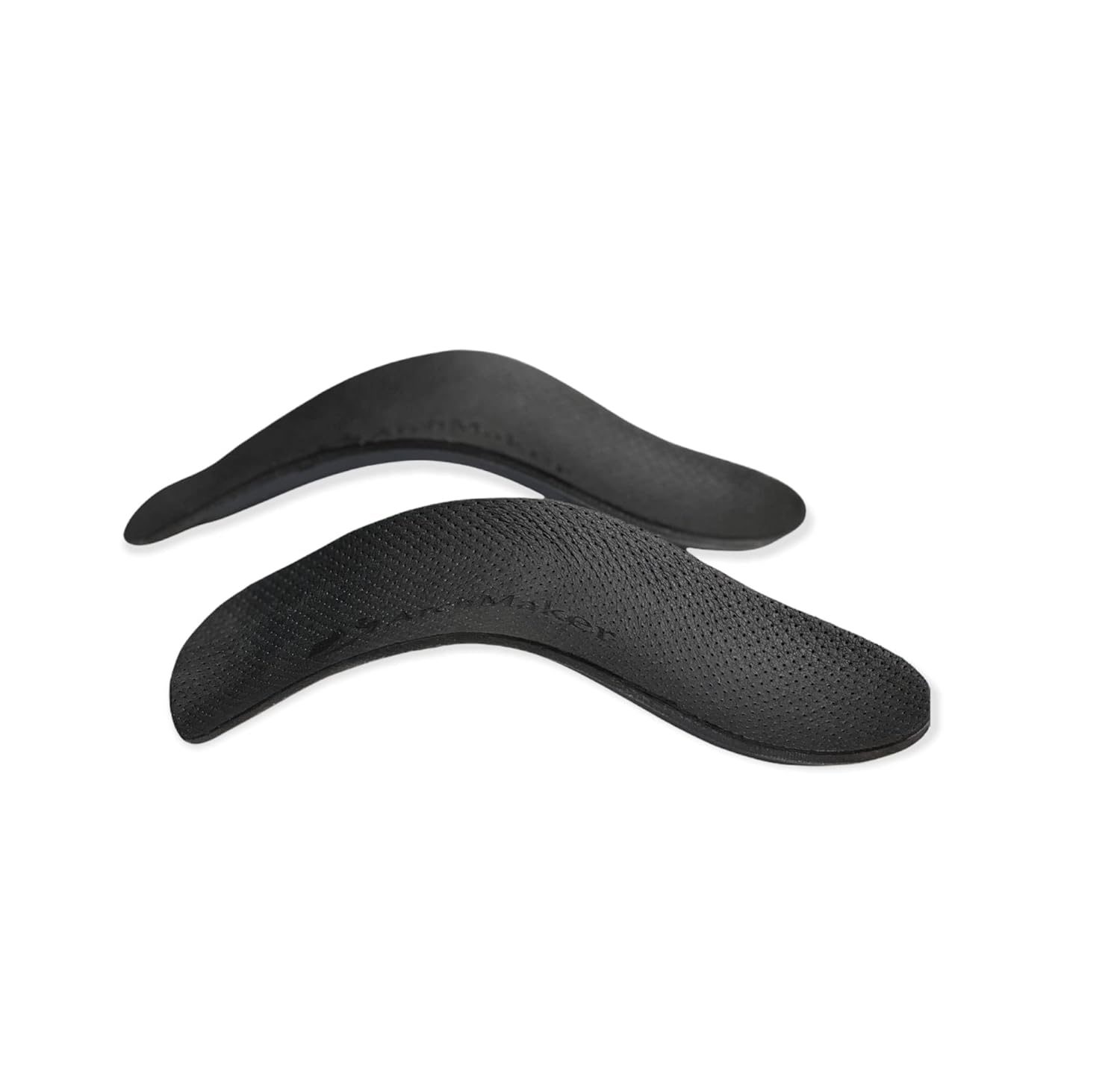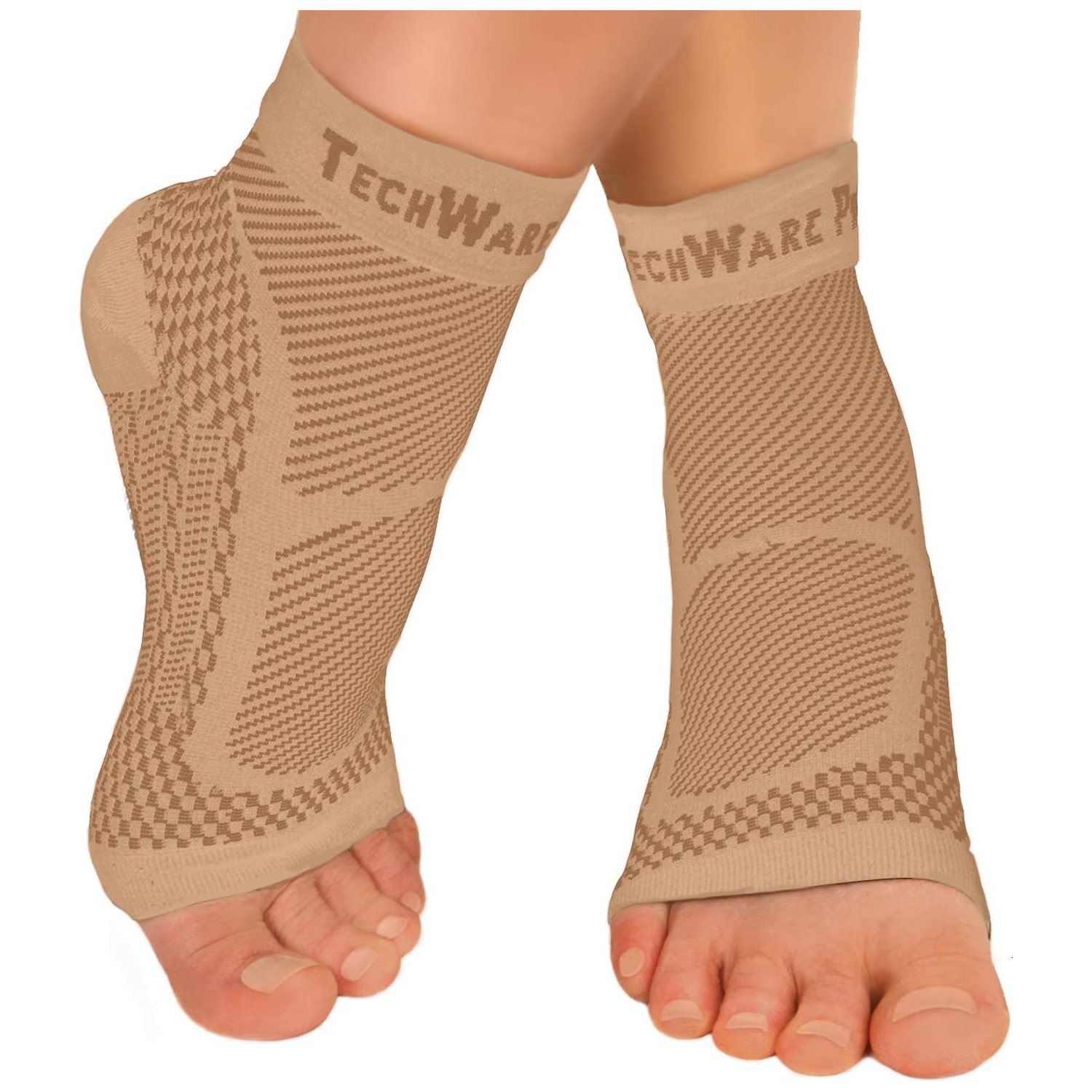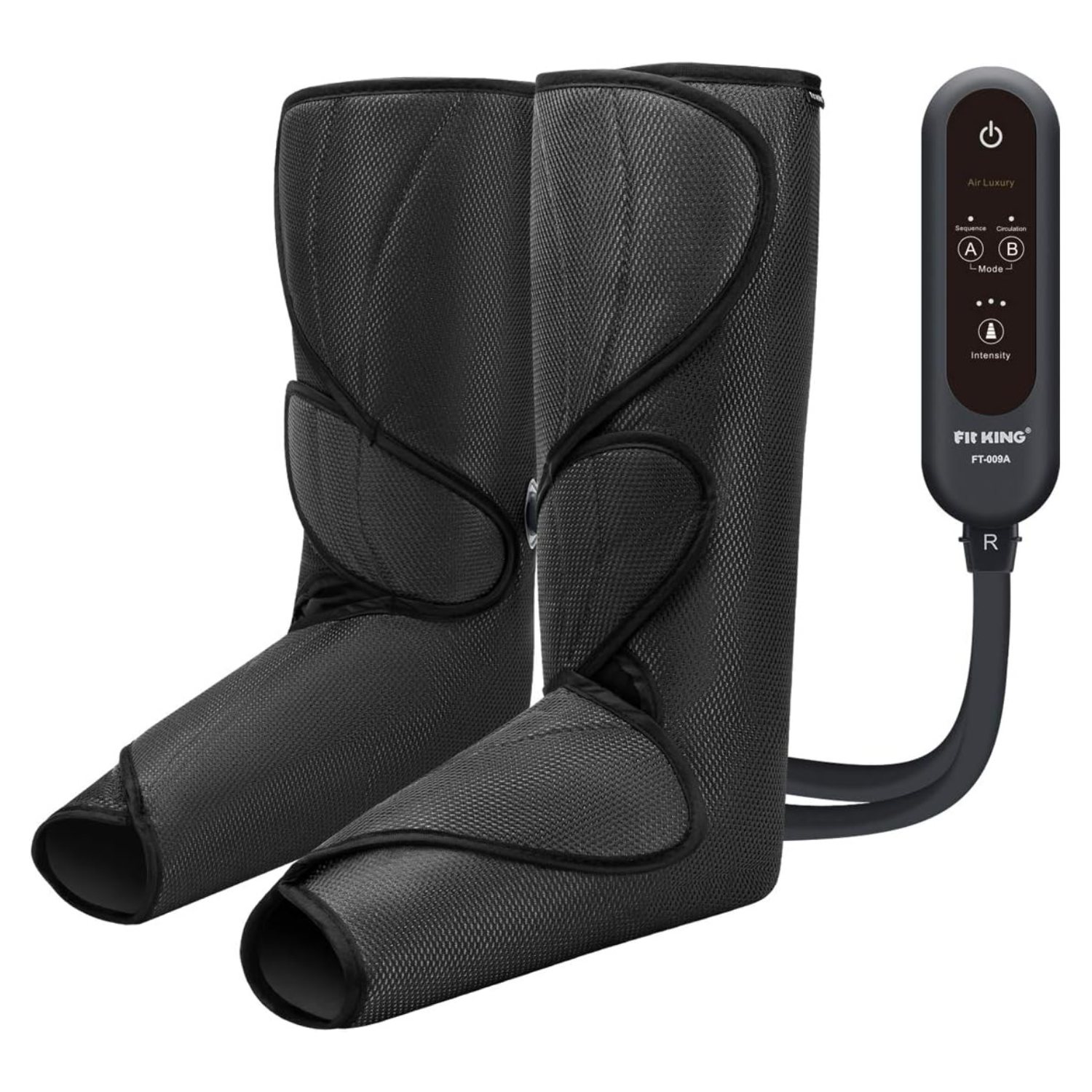Plantar fasciitis is inflammation and subsequent pain caused by a tight arch muscle. It is a condition that can cause foot pain and arch pain, and occurs when the Plantar Fascia, a band of tissue that runs across the bottom of the foot, becomes inflamed.
Plantar Fasciitis is common among runners and other athletes who put a lot of stress on their feet. However, it can also affect people who are overweight or have jobs that require them to stand for long periods of time. If you suffer from Plantar Fasciitis, you may experience heel pain or stiffness, particularly in the morning. Treatment for Plantar Fasciitis often includes rest, ice, and stretches. In some cases, orthotics or other devices can be used to support the foot.
Plantar fasciitis and heel pain:
The Plantar fascia has 3 bands, all of which may have varying amounts of tightness. The inner band, closest to the center of the body, is often the cause of heel pain and heel spurs because of chronic pulling of the tendon. You can have Plantar fasciitis with or without heel pain. Additionally, the Achilles tendon, in the back of the heel, inserts in the same area of the bottom of the heel and can likewise cause heel pain. Treatment always includes heel treatment AND treatment of the Plantar fascia.
What Plantar fasciitis looks and feels like:
Plantar fasciitis, or the inflammation of the arch muscle, present with sharp pain in the heel sometimes, but most often with an ache, tightness, tiredness of the muscle from heel to toes. It may swell if irritated. Rubbing and stretching the arch muscle makes it feel better.
Why doesn’t Plantar fasciitis go away?
Plantar fasciitis, or arch pain, is most commonly treated with injections, oral and topical anti-inflammatories, stretching, physical therapy, orthotics and night splints. The trouble is, all these methods help with pain and range of motion but none of them hold muscle memory. There is no permanent pain relief without muscle memory. Orthotics may build muscle memory if worn regularly, but they only work when worn and when active. To hold muscle memory permanently, you need to build it at rest as well.
When and where to ice Plantar fasciitis:
Icing any muscle, including the arch muscle, is only for acute injury, like a tear. It works best in the first 24-48 hours to reduce swelling and pain. Icing on a regular basis causes contraction of the Plantar fascia muscle and so should be avoided. If the Plantar fascia hurts regularly, long-term help should be sought by a Podiatrist.
When and where to massage Plantar fasciitis:
When a muscle, like the arch muscle, is occasionally tight, massage can release the muscle. This often happens when there is a sudden increase in activity or new shoe gear. If the Plantar fascia muscle is painful to touch, swollen, or tight on every step, then massage may actually hurt the muscle and produce more inflammation. Seek a Podiatrist if in doubt about the stage of tightness of the Plantar fascia muscle.
Where to treat Plantar fasciitis:
Plantar fasciitis, or inflammation of the arch muscle, can have symptoms on the bottom of the foot, in the arch and heel. It is best to treat the cause of Plantar fascia pain rather than just the muscle itself because without treating the cause, the symptoms will come back. See a Podiatrist to diagnose the cause. Once you know the cause, Plantar fasciitis can be treated directly on the muscle as well as eliminating the cause of the tightness.
Causes of Plantar fasciitis:
Plantar fasciitis, or arch pain, can have many causes. Among these causes are:
Injury, tightness, activity level, shoe gear, lack of support of the arch, Achilles tendon tightness, high and low arch of the foot, flatfoot, incorrect arch support for the activity being done, running surface, knee position, after ankle, knee, hip surgery that affects how you walk, genetics.
Treatments for Plantar fasciitis:
Treatments for arch and heel pain include injections, stretching including Pilates and yoga, orthotics, physical therapy, and night splints. Long-term muscle memory will come with consistent orthotic use and Archmaker.
How is Plantar fasciitis is diagnosed:
Plantar fasciitis is diagnosed by a medical professional usually by physical exam and gait exam. A plantar fascia tear can be diagnosed with an MRI.
What happens if Plantar fasciitis is not treated?
Long-term, untreated Plantar fasciitis will cause chronic inflammation of the arch, pain on every step, growth of a heel spur on the bottom of the foot, ball of foot pain, change in the way you walk, Achilles tendinitis, and possible tear of the muscle itself, and possible inflammation and tear of the calf muscles, knee pain.
To get relief from Plantar Fasciitis, get Archmaker today!









